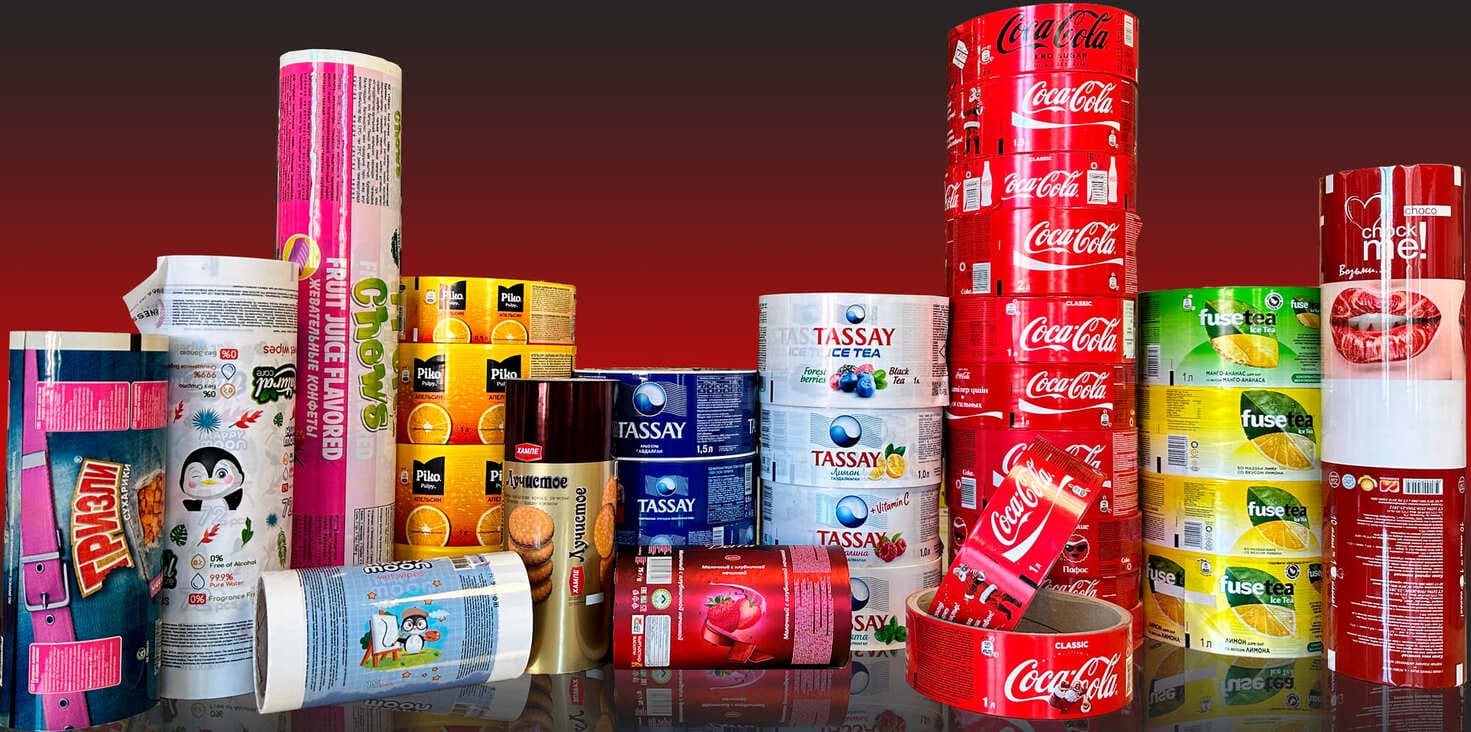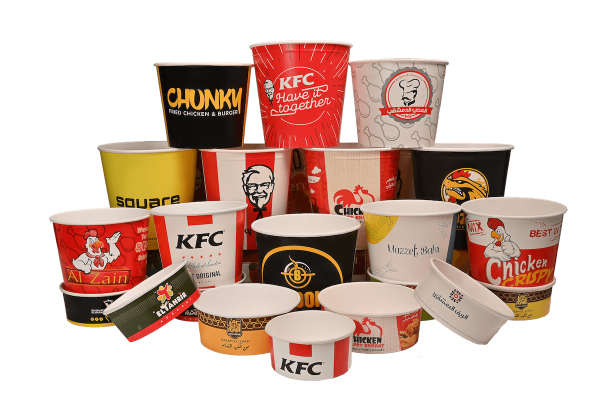In the rapidly evolving world of printing technology, the integration of nano pigments in food safe inks marks a significant milestone. These tiny particles are not only enhancing the vibrancy of colors but are also ensuring safety in food packaging. As industries strive for sustainability and consumer safety, nano pigments offer a promising solution. Let’s delve into how these pigments are revolutionizing the printing industry, especially in creating metal food packaging inks, while maintaining the highest safety standards.

What are Nano Pigments?
Nano pigments are ultra-fine particles that are used to create vibrant and consistent colors in inks. These particles are typically less than 100 nanometers in size, allowing for superior dispersion in ink formulations. This results in more vivid colors and better coverage without compromising on safety. Their small size also means they require less raw material, making them a more sustainable option.
Importance of Food Safe Inks
Food safe inks are specially formulated to ensure that no harmful substances migrate from the packaging into the food product. This is crucial for maintaining consumer health and safety. The use of nano pigments in these inks enhances their performance by providing better adhesion and resistance, which are essential for maintaining the integrity of the packaging.
Why Choose Nano Pigments?
The integration of nano pigments in food safe inks offers several advantages. Firstly, they provide exceptional color quality, which is crucial for branding and marketing purposes. Secondly, their small size ensures that they remain stable and do not interact negatively with the food product. Moreover, they contribute to sustainability by reducing the amount of pigment needed, which aligns with the industry’s move towards eco-friendly practices.
Applications in the Food Industry
The food industry is increasingly adopting nano pigments for a variety of applications. These include labels, wrappers, and direct-to-food printing. Their ability to produce high-quality prints that are both vibrant and safe makes them ideal for use in food packaging. For more on ink performance in packaging, visit paper packaging inks.
Challenges and Considerations
While the benefits are numerous, there are challenges to consider when using nano pigments. Manufacturers must ensure that these pigments are adequately tested for safety and compliance with industry standards. There is also the need to balance cost with performance, as the production of nano pigments can be resource-intensive.
The Science Behind Nano Pigments
The science of nano pigments involves manipulating materials at the molecular level to achieve desired optical properties. This includes controlling particle size and surface modification to enhance stability and prevent agglomeration. The result is a pigment that offers superior color strength and durability, which is essential for food packaging applications.
Environmental Impact
One of the most significant advantages of using nano pigments is their reduced environmental impact. By requiring less pigment to achieve the same color intensity, they help decrease the overall carbon footprint of the printing process. Additionally, they support the move towards migration safe inks, which are crucial for sustainable packaging solutions.
Future Prospects
The future of nano pigments in food safe inks looks promising. As research and development continue, we can expect to see even more innovative applications. With advancements in technology, these pigments will likely become more cost-effective, making them accessible to a broader range of industries.
Regulatory Standards
Compliance with regulatory standards is crucial for the widespread adoption of nano pigments in food safe inks. These standards ensure that the pigments do not pose any health risks to consumers. As the industry evolves, it is essential for manufacturers to stay updated with the latest guidelines and ensure their products meet all necessary requirements.

Integrating Nano Pigments in Printing Processes
Integrating nano pigments into existing printing processes requires careful planning and execution. It involves optimizing ink formulations to achieve the best performance while maintaining safety standards. This integration also opens up new possibilities for customization and personalization in food packaging.
Conclusion
The use of nano pigments in food safe inks represents a significant advancement in the printing industry. By offering vibrant colors, enhanced safety, and environmental benefits, they are paving the way for a more sustainable future. As industries continue to prioritize consumer safety and sustainability, these pigments are set to play a crucial role in the future of food packaging.
Frequently Asked Questions
What are the benefits of using nano pigments?
Nano pigments offer superior color quality, stability, and environmental benefits. They require less raw material, making them a more sustainable option.
Are nano pigments safe for food packaging?
Yes, nano pigments are safe for food packaging when used in compliance with regulatory standards. They are designed to prevent harmful migration into food products.
What is the future of nano pigments in the printing industry?
The future looks promising as advancements in technology make nano pigments more cost-effective and accessible. They are expected to play a key role in sustainable printing solutions.
For further insights on edible ink safety, visit icinginks.com.
This article contains affiliate links. We may earn a commission at no extra cost to you.






